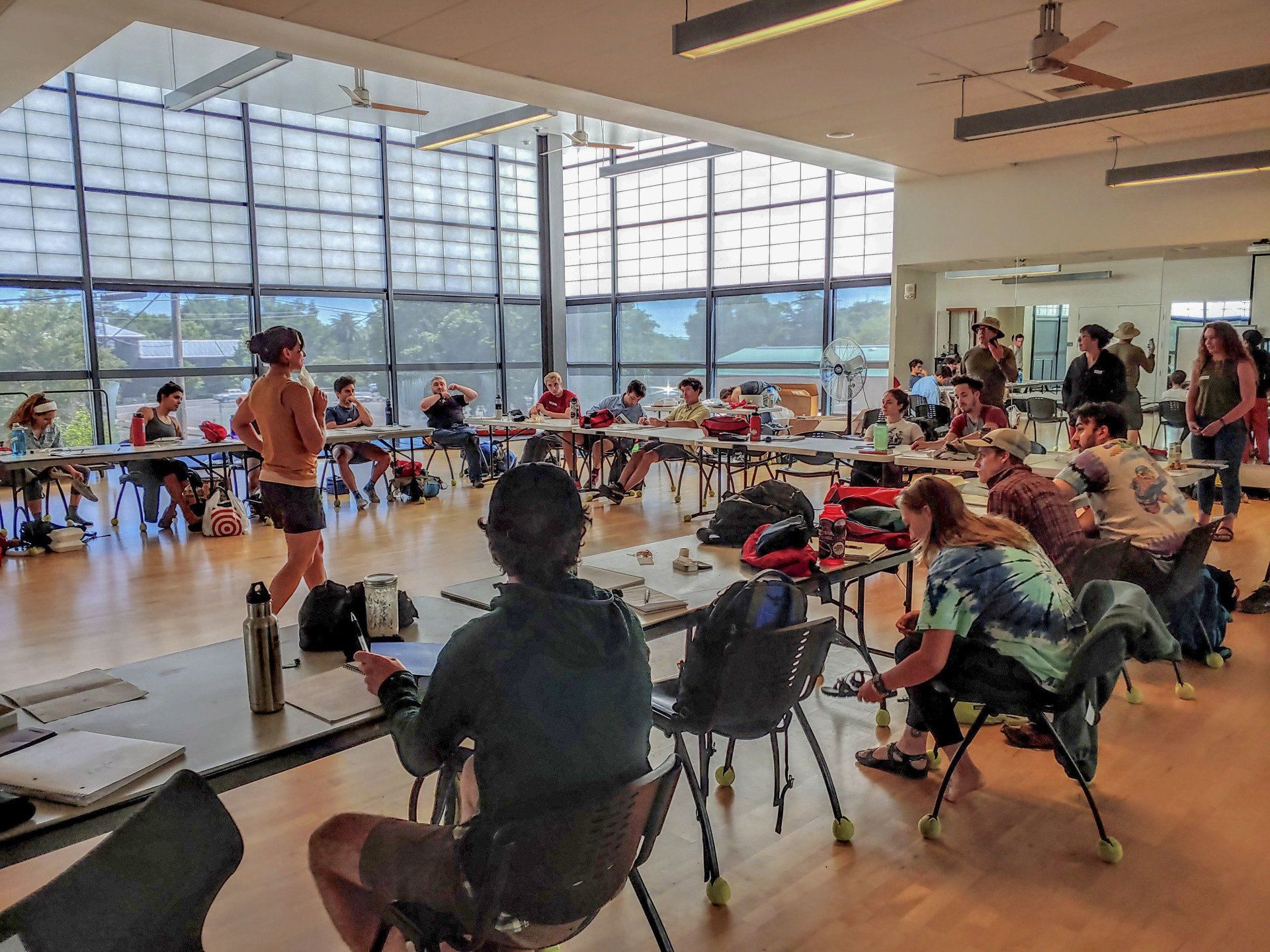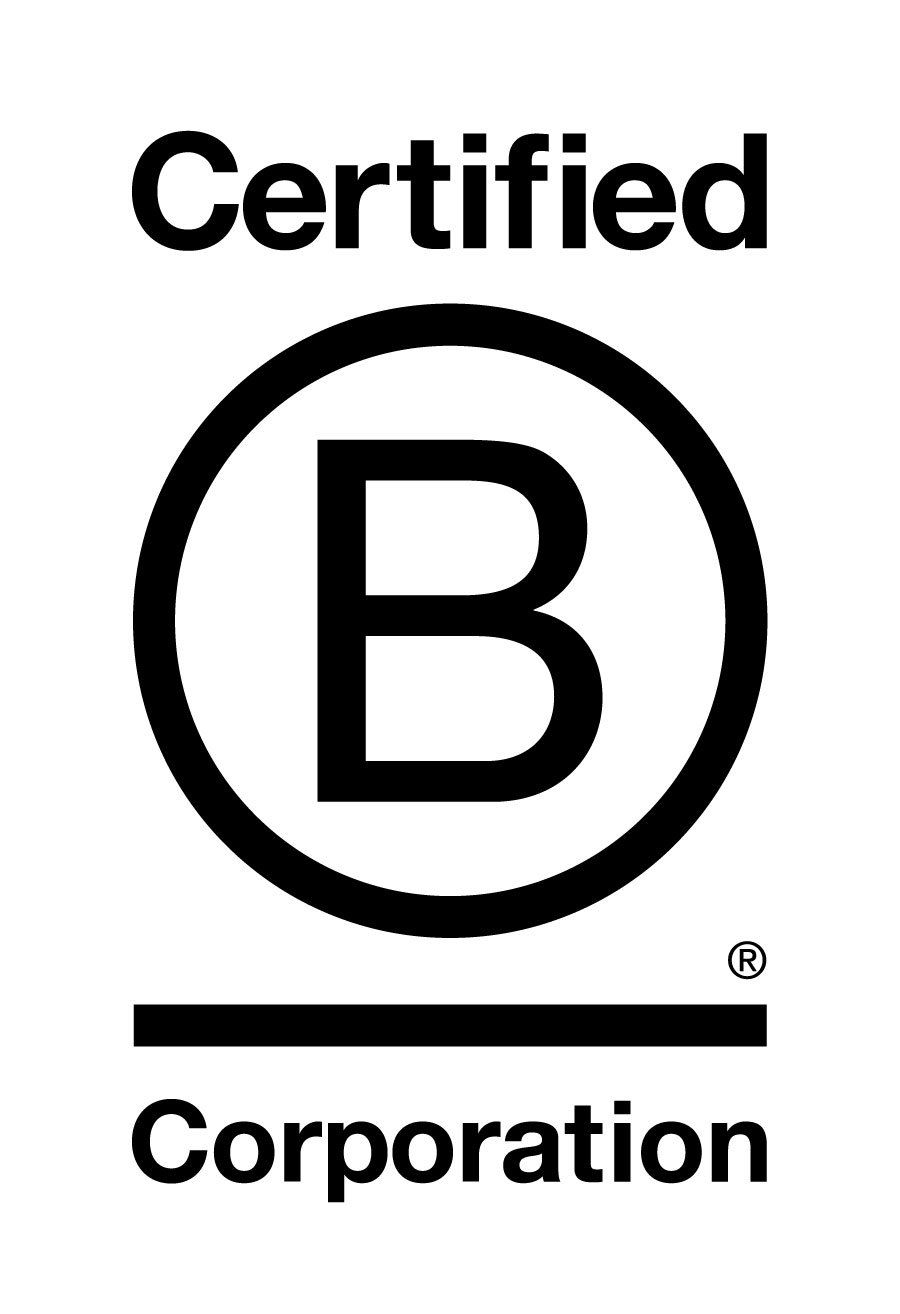California Passes Landmark Climate Legislation: What Does This Mean For Your Business?
- By Kevin Foley
- •
- 02 Oct, 2018

Last month, Governor Brown signed into law Senate Bill (SB) 100, a landmark 100% clean energy goal the state must achieve by 2045. In addition to SB 100, Brown issued an executive order establishing a carbon neutrality target that California must also reach by 2045.
One thing is certain, California is completely and unabashedly dedicated to addressing climate change, and intends to continue onward in its relentless pursuit of a carbon neutral economy. California’s stance on this issue is unlikely to change, and will likely grow stronger in the years to follow.
For many, the news of these regulatory updates were cause for celebration, while for others they were viewed with slightly less enthusiasm.
So what does all this mean for small- and mid-sized businesses residing within the Golden State’s borders? We believe it indicates a few different things:
- High emitters of greenhouse gases ( > 25,000 metric tons) will continue to be monitored and enforced under the California Air Resources Board (CARB) Cap-and-Trade Program. Allowable emission limits will grow more stringent with every passing year. Some small- and mid-sized businesses fall under this category.
- Medium emitters of greenhouse gases ( < 25,000 and > 10,000 metric tons) will continue to be monitored and will eventually have to comply with CARB’s enforceable Cap-and-Trade program. Many small- and mid-sized businesses fall under this category.
- Low emitters of greenhouse gases ( < 10,000 metric tons) will eventually be required to comply with both California’s Mandatory Reporting Regulation and Cap-and-Trade.
Although regulations for businesses emitting lower quantities of emissions ( < 25,000 metric tons) currently aren’t required to comply with Cap-and-Trade, many are still required to report their emissions to the state. It’s only a matter of time before unregulated businesses will lose their exemption. If California is to reach full carbon neutrality by 2045, emissions from every business, big and small, must be accounted for.
To top it all off, small- and mid-sized businesses residing in California already face countless other obstacles that our peers in neighboring states may not. From higher energy costs to higher labor costs, from limited access to a shrinking water supply to an increasingly complex regulatory environment, the obstacles are abundant. However, hope remains, and in spite of its ambitious climate policies, California remains the 5th largest economy in the world. We must be doing something right.
Three Ways Your California Based Business Can Address Regulatory Change:
California businesses have three different options: leave the state, go belly up or adapt and thrive. Many businesses have indeed left the state, which is a reasonable option for those capable of transitioning, but small- and mid-sized businesses generally don’t have that luxury. Others simply cannot keep up in this fast-moving and progressive economy. The third camp will see this as an opportunity to differentiate, evolve and create a competitive advantage. Businesses falling in this third camp share Valley to Summit’s Philosophy, and they’re the ones we’re going to focus on today.
"It's not the strongest, but the most adaptable that survive"
~Charles Darwin

This quote was coined by Charles Darwin, a famous 19th Century Naturalist. Valley to Summit believes that being adaptable is the single most important attribute an organization can possess. This universal law is no different in the business world of today than it was in the natural world Darwin observed nearly two-hundred years ago. Adapting and prospering in this 21st century low-carbon economy is going to require deliberate effort, collaboration and progressive thinking.
The Upside to Climate Regulations:
Fortunately for your business, California’s 100% clean energy and carbon neutrality based regulations also come with an upside. Reaching these ambitious targets requires new and scalable clean energy technologies to reach the market, and to do so in an affordable way. Often times it takes years for these new technologies to become price competitive with conventional technologies, thus rendering them non-viable options to cash-strapped small- and mid-sized businesses struggling to make ends meet. To bridge this gap, California has implemented dozens of financial incentive programs to help make this transition possible.
Some of these incentives include grants, rebates, zero-interest loans and tax incentives. However, all of these programs are very finite in their duration and generally expire once they’ve reached certain implementation targets.
Unfortunately, larger corporations tend to capitalize on these limited programs, while the small- and mid-sized businesses who need them most often get left behind. Not only does the adoption of sustainable practices lower your environmental footprint and keep you ahead of regulations, but it also means reducing operating costs, minimizing risk and improving the reliability of your operation. You can see how accessing these incentives provides a unique opportunity for businesses to utilize valuable resources and help subsidize capital improvements that yield a major competitive advantage.
This creates an even larger dichotomy between the businesses who are already thriving and the ones who have always been struggling. However, for those who embrace this new sustainability-oriented framework, the transition from struggling to thriving can happen swiftly. The key is to invest your time wisely and make sure you’re aware of projects and incentives that will help take your business to the next level.
Real Value of Sustainability Program Implementation:
Let’s highlight some potential advantages to proactive companies operating in this new business climate. Benefits include:
- Reducing costs
- Capturing incentives
- Bolstering cohesiveness, uniformity and shared values across your organization
- Building brand equity
- Gaining a competitive advantage
- Bulletproofing your business for an uncertain regulatory future
At the end of the day, your business has a choice. It may not be an easy one, but it’s a choice nonetheless. It can either adapt, hustle, act with purpose and move forward with the times, or it can struggle more with each passing year. When approached thoughtfully and strategically, these perceived regulatory challenges can be turned into unique opportunities for growth and differentiation.
Next Steps:
Now that California has once again raised the bar in its relentless pursuit of a carbon neutral economy, it’s time for your business to take action. We live in a world that is constantly changing, our state is progressing faster than most and our businesses must continually evolve to keep pace.
If you think you’ve got what it takes to get started on your sustainability journey, then now is the time to act. Progressive businesses seeking to thrive in our low carbon economy simply do not have the luxury of waiting.
However, if you’re too busy, or aren’t sure where to start but recognize this unparalleled opportunity, we can help. Valley to Summit (VTS) has created a seven-step process to help with sustainability program creation and implementation.
At the end of the day, we believe that embracing these changes will ultimately benefit us all, and we are excited to help businesses make their tactical transition to a more sustainable and profitable model.

As an adult watching the new remake nearly 25 years later, I was equally captivated.
As most who have seen the original Lion King can attest, it is chock full of invaluable life lessons. It effectively illustrates examples of leadership, courage, forgiveness, justice, faith and purpose, to name just a few. Like the original film from 1994, the remake did an excellent job of capturing and illustrating all of these lessons. This time around, one lesson that really stuck out to me, which I hadn’t caught in years past, was that of sustainability.
As a 31 year old who has dedicated my entire professional career to sustainability, I am constantly on the lookout for little gems of sustainability wisdom. Whether or not I intend to, I view just about everything through that lens…including Disney remakes of old classics. In this new version of The Lion King, I found one of these gems that I am always looking for. As a quick aside, if you have not seen the Lion King (original or remake), some of what lies ahead could spoil some of the movie for you. If you fall into that category, proceed with caution.
While in the movie theater, I didn’t have a pen and paper with me, and the lights weren’t on...so I was unable to take any notes or write down any quotes related to the gems of sustainability wisdom I witnessed. Since I was still thinking about the movie weeks later, I decided to go back and watch the original movie at home, so that I could take notes, pause and rewind as needed, and see if my observations about this classic movie truly held their own.


Earlier this month I completed an 80-hour wilderness medicine training course. It was filled with dozens of lectures, quarts of fake blood and no shortage of hands-on practice - both as a rescuer and a victim. There were approximately 22 students and two seasoned instructors. My classmates came from many different backgrounds, and included backcountry trip leaders and guides, search and rescue volunteers, nursing students, park rangers, and even one sustainability manager & consultant (guess who that was?). The 80 hour course was split evenly between in-class lecture and hands-on practice.



